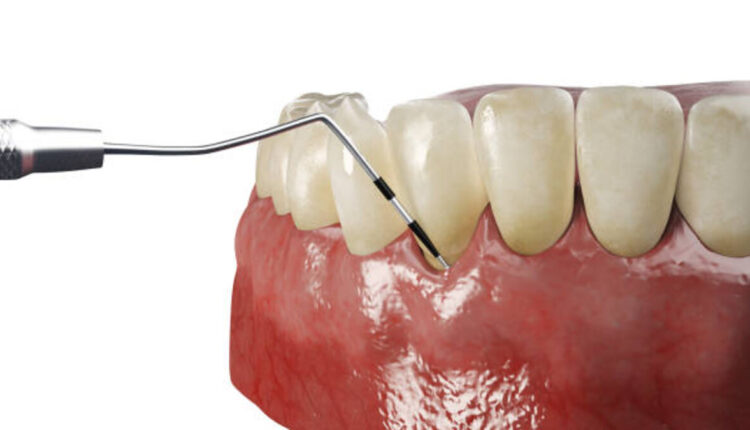How to Prevent Gum Disease
Gum disease can be a severe problem for your teeth. It can affect both the surface and the soft tissues of your gums. The early symptoms of gum disease are not readily apparent, so it is essential to take care of your mouth regularly. Regular oral hygiene will remove harmful bacteria from your mouth that cause gingivitis and periodontitis.
Causes
Certain diseases, such as HIV and diabetes, can increase your risk of developing gum disease. These illnesses cause hormonal changes in the body, which makes gum tissue more susceptible to gum infection. They also reduce the body’s ability to fight infections. In addition, certain medications can affect the gums, reducing saliva flow that helps protect the teeth. Some of these medications can also cause abnormal growth of gum tissue.
If you smoke, you may increase your risk of developing gum disease, especially during pregnancy. In addition, smoking can lower the effectiveness of treatment for this condition. Also, the hormones released by pregnant women may cause gum inflammation. As a result, the condition can affect the unborn baby’s health, making it more likely to be born prematurely or with a low birth weight.
The disease can progress from gingivitis to periodontitis if left untreated. In this condition, plaque spreads below the gum line, forming bigger spaces. This enables bacteria to enter these spaces and cause an inflammatory response. This inflammation eventually destroys the connective tissue and bone that support the teeth. The result is that your teeth are no longer secure and may fall out or need removal.
Treatments
If you have gum disease, there are several treatments available. Some are nonsurgical, and others require surgery. Gum disease can sometimes lead to tooth loss and other significant oral health problems. To prevent gum disease and restore teeth, you should get regular dental exams to monitor the condition of your gums and teeth.
Nonsurgical treatments include scaling and root planing, scraping off tartar and plaque above and below the gum line. Root planing smooths out rough surface areas of the roots, enabling gums to reattach to the teeth. This treatment may require several visits to the dentist. Antibiotics may also be prescribed. Some medicines can be given as antibiotic mouth rinses or antibiotic microspheres, which can be inserted into pockets to fight infection-causing bacteria.
Early symptoms of gum disease are usually not noticeable, but if left untreated, they can lead to unsightly and painful issues and systemic problems. Therefore, itu must visit a dentist as soon as you notice these symptoms. Gum disease treatment depends on the severity of the disease and whether the condition has spread to other parts of the body.
Prevention
Prevention of gum disease is crucial for the health of the gums and teeth. It is caused by bacteria that live around the teeth and gums. These bacteria cause inflammation of the gingival tissue. Brushing and flossing regularly is an excellent way to protect your teeth and gums. This will ensure that plaque does not get trapped and will prevent gum disease.
Brushing twice a day with a soft-bristled toothbrush and rinsing the mouth is very important for preventing gum disease. It would help if you also flossed once a night to remove bacteria and plaque. Remember to floss gently along the gum line. If brushing is not possible, you can use mouthwash to remove plaque and bacteria that may be present in your mouth.
Smoking is a common cause of gum disease. Not only is smoking bad for your heart and lungs, but it is also bad for your teeth. As a result, smoking increases the risk of gum disease and reduces your chances of success with treatment. Smoking is also bad for the gum tissue and can weaken your immune system.

